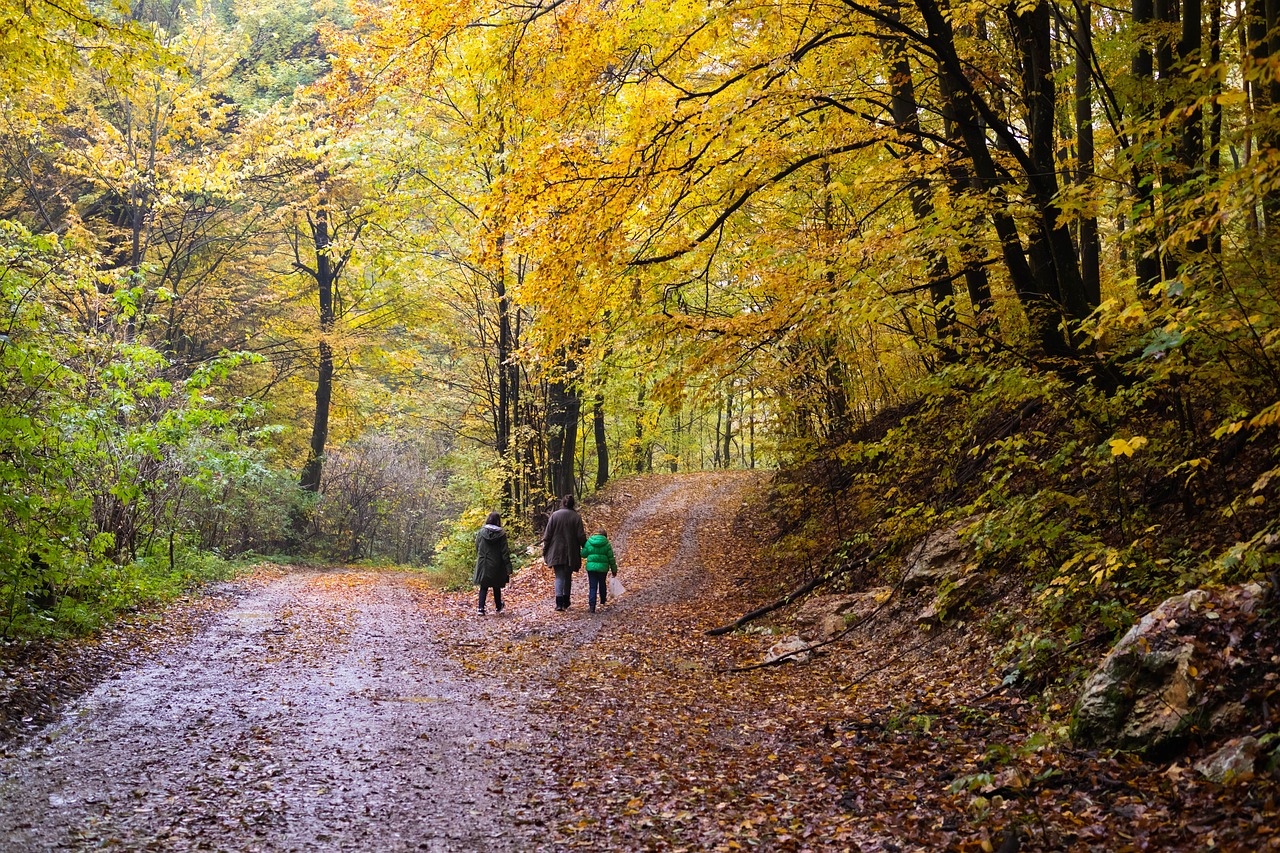Would it surprise you to know that while Charlotte Mason said our children are to have ample out-of-door time each and every afternoon, she didn’t actually use the term “Nature Study” very often? In fact, she didn’t use the phrase until her third volume, written in 1904, when she talks about the importance of books and things as part of education. She only ever used the term “nature walk” in that one volume, and then she put it in quotes as if it was an odd thing to say. She did that 3 times in her third volume and then never used the phrase ‘nature walk’ again in any of her later books.
While she may not have used the phrase Nature Study, she was far ahead of her time in recognizing the value of studying nature and spending time outside. In fact, she devoted 54 pages to the subject in her first volume, Home Education. After that, although it was touched on more briefly, it was included in each of the rest of her books.
And yet, many of us initially need clarification about nature study! Hopefully, the following articles will help you better understand everything you need to know.
Outdoor Time and Nature Walks
- The Value of Nature Study — Why deliberate nature study is important and why strangely, observing nature with focused attention does not come naturally.
- The Golden Hours — Charlotte Mason recommended that you spend 4-6 hours outside with your children every day, but what do we do out there for so long? She had suggestions.
- Nature Walks, Excursions and Rambles, part 1 — When, where, how, and with who to lead a nature walk.
- Nature Walks, Excursions and Rambles, part 2 — Having an aim on most of your nature walks will increase your children’s interest, motivation, and knowledge.
How to Keep a Nature Notebook
- A Pageant of the Seasons — When, where, how, and why to keep a nature notebook.
- Notes, part 1 — Of primary importance in a Charlotte Mason-style nature notebook are the written accounts of walks, weather, and other observations. **This article includes all my favorite supplies, including notebooks, paints, and paintbrushes.
- Notes, part 2 — Should entries be short or long, added immediately or delayed, done in the field or upon returning home, be detailed or brief?
- Beginning Brush Drawing — Learn how brush drawing differs from other watercolor techniques.
- Brush Drawing for Nature Notebooks — How and where to choose a specimen, how often to include a painting, why pencil is a more difficult medium.
- A Brush Drawing Tutorial — How to do a brush drawing and then lead a brush drawing lesson.
- Poetry and Composition — Students can include poetry appropriate to the subject in their nature notebooks.
- The Lists — In form 3, students begin keeping lists of flowers, birds, and insects they have seen.
Nature Study as a School Subject
- Lays the Foundation for Science — The specific skills and habits acquired through nature study that will aid in the kids’ future science education.
- Special Studies — Special studies are valuable for the students’ foundational biology education. Learn what they are, how to do them, how to pick topics, and how to write exam questions for them.
- Object Lessons — Object lessons support special studies and require some planning by the teacher. Learn how to prepare for them, how to do them, and how often.

